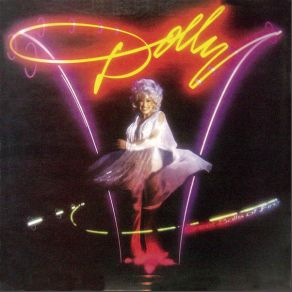Great Balls of Fire
Download links and information about Great Balls of Fire by Dolly Parton. This album was released in 1979 and it belongs to Country genres. It contains 10 tracks with total duration of 34:34 minutes.

|
|
|---|---|
| Artist: | Dolly Parton |
| Release date: | 1979 |
| Genre: | Country |
| Tracks: | 10 |
| Duration: | 34:34 |
| Buy it NOW at: | |
| Buy on iTunes $9.90 | |
| Buy on Amazon $3.47 | |
Tracks
[Edit]| No. | Title | Length |
|---|---|---|
| 1. | Star of the Show | 3:56 |
| 2. | Down | 3:36 |
| 3. | You're the Only One | 3:23 |
| 4. | Help! | 2:44 |
| 5. | Do You Think That Time Stands Still | 3:56 |
| 6. | Sweet Summer Lovin' | 3:17 |
| 7. | Great Balls of Fire | 3:51 |
| 8. | Almost In Love | 3:16 |
| 9. | It's Not My Affair Anymore | 3:17 |
| 10. | Sandy's Song | 3:18 |
Details
[Edit]For years, Dolly Parton wanted to be a big star, and there's no arguing that she had the talent, the smarts, and the drive to be as famous as she wanted. What Dolly didn't have was a handful of records that would get her airplay on pop radio, and she set about changing that with 1977's Here You Come Again, in which she hired a producer who could give her a Top 40 hit. Released in 1979, Great Balls of Fire upped the ante by delivering an aural smorgasbord of pop styles — disco ("Star of the Show"), soft rock ("You're the Only One" and "Sweet Summer Lovin'"), ballads ("Do You Think That Time Stands Still" and "Almost in Love"), slinky R&B ("Down" and "It's Not My Affair Anymore"), and even a credible attempt at full-on rock & roll (the title cut). Considering how well (and how sympathetically) Parton produced herself on her last few pre-crossover efforts, the aggressive polish of Dean Parks and Gregg Perry's studio settings is a bit disconcerting, but they thankfully seem aware at all times who is in the spotlight, and Dolly, professional that she is, rises to the challenge on all ten tracks. However, Parton only wrote four songs for this set, and it seems ironic that the most purely country cut on the LP is a cover of the Beatles' "Help!," which is given a sprightly neo-bluegrass arrangement, showing Parton certainly hadn't lost touch with her musical roots but was finding unusual ways of expressing them.